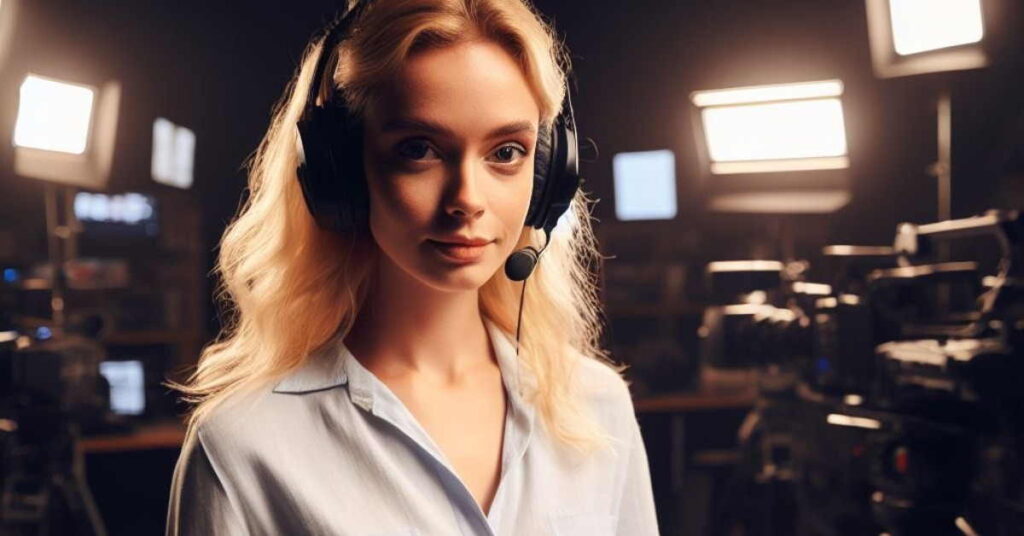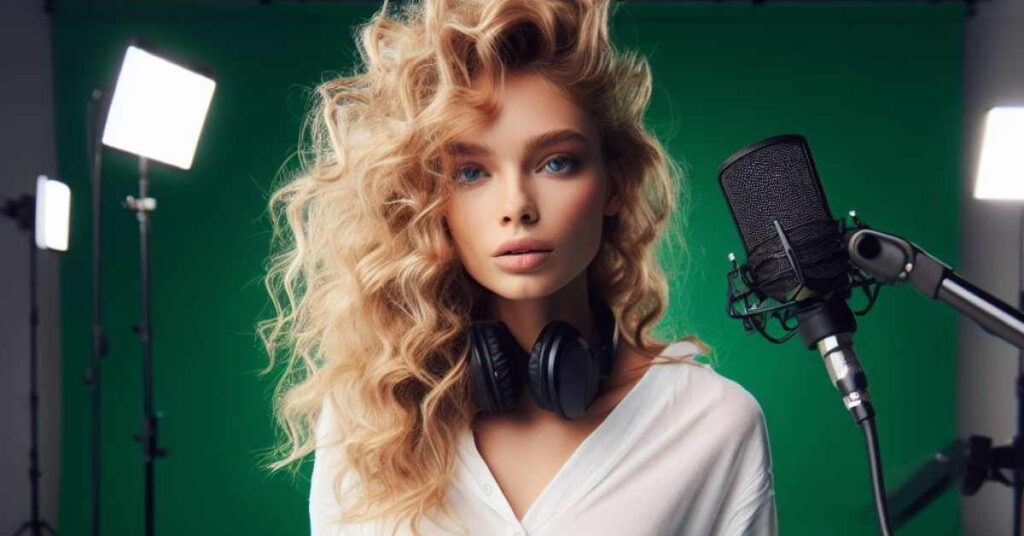The Creative Process of a Video Editing Studio. Video editing is more than just a technical process; it’s an art form that involves a meticulous blend of creativity, technical expertise, and storytelling prowess. A proficient video editing studio navigates through a well-defined creative process, transforming raw footage into compelling visual narratives. In this article, we will delve into the intricate steps of this creative journey, exploring the methods, techniques, and innovations that define a video editing studio’s approach.

1. Creative Ideation: Brainstorming and Conceptualizing Video Ideas and Themes
At the heart of every captivating video lies a compelling concept. The creative process begins with brainstorming sessions where ideas are explored, themes are conceptualized, and the essence of the story is defined. The team at a video editing studio collaborates closely, drawing inspiration from diverse sources – from classic films to contemporary art – to craft a unique and engaging narrative.
During this phase, the studio’s professionals explore different styles, moods, and visual approaches that align with the client’s vision. This ideation process is where the foundation of the entire video project is laid, setting the stage for the subsequent stages of editing.

2. Editing Workflow: Describing the Step-by-Step Editing Process from Raw Footage to Final Product
Once the concept is solidified, the raw footage captured during filming becomes the canvas upon which the creative vision is painted. The editing workflow is a carefully orchestrated series of steps, each designed to refine the material and bring the story to life.
Footage Selection:
The editing process starts with meticulously selecting the best shots and scenes from the raw footage. This discerning eye ensures that only the most compelling visuals are chosen for the final edit.
Assembly Edit:
During this phase, the selected footage is arranged in chronological order, forming the initial structure of the video. This assembly edit provides a rough outline, allowing the editors to assess the pacing and flow of the story.
Fine-tuning:
In this crucial step, the editors focus on refining the details. They trim excess footage, adjust timings, and ensure seamless transitions between scenes. Attention is given to pacing, ensuring that the video maintains a captivating rhythm.
Audio Integration:
Sound is an integral part of any video. Editors integrate background music, dialogue, and ambient sounds, enhancing the emotional impact of the visuals. Advanced sound editing techniques are applied to achieve clarity and depth.
Visual Enhancements:
Creative editing studios leverage various visual enhancements, such as color grading and special effects, to add depth and visual appeal. These enhancements elevate the overall aesthetic of the video, creating a visually stunning experience for the audience.
Feedback and Revisions:
Collaboration with clients is key. The studio welcomes feedback, allowing for revisions and adjustments based on client input. This iterative process ensures that the final product aligns perfectly with the client’s vision and expectations.

3. Creative Techniques: Highlighting Unique Editing Techniques and Styles
In the realm of video editing, there are limitless possibilities for creativity. A proficient video editing studio explores a myriad of creative techniques and styles to make each project unique and impactful:
a. Montage Editing: Utilizing rapid sequences and juxtapositions, montage editing creates emotional resonance and energy, often seen in music videos and commercials.
b. Visual Effects (VFX): Incorporating advanced visual effects, such as CGI and animation, to add fantasy elements, futuristic environments, or surreal visuals to the video.
c. Narrative Structure: Experimenting with non-linear storytelling, flashbacks, or parallel narratives to engage the audience intellectually and emotionally.
d. Color Grading: Employing color grading techniques to evoke specific moods – from warm and nostalgic tones to cool and futuristic hues – enhancing the overall atmosphere of the video.
e. Typography and Graphics: Integrating creative typography and graphic elements to convey information, enhance storytelling, and add a touch of artistic flair.
f. Transitions: Implementing innovative transition techniques, such as match cuts, dissolve transitions, or jump cuts, to create seamless flow between scenes.
In conclusion, the creative process of a video editing studio is a symphony of ideas, skills, and artistic vision. From the initial brainstorming sessions where concepts are born to the meticulous editing workflow that refines every frame, and the application of diverse creative techniques that elevate the visual narrative – each step is a testament to the studio’s dedication to transforming ordinary footage into extraordinary visual masterpieces. Through continuous innovation and a deep understanding of storytelling, a video editing studio crafts not just videos, but immersive experiences that leave a lasting impact on the audience.
